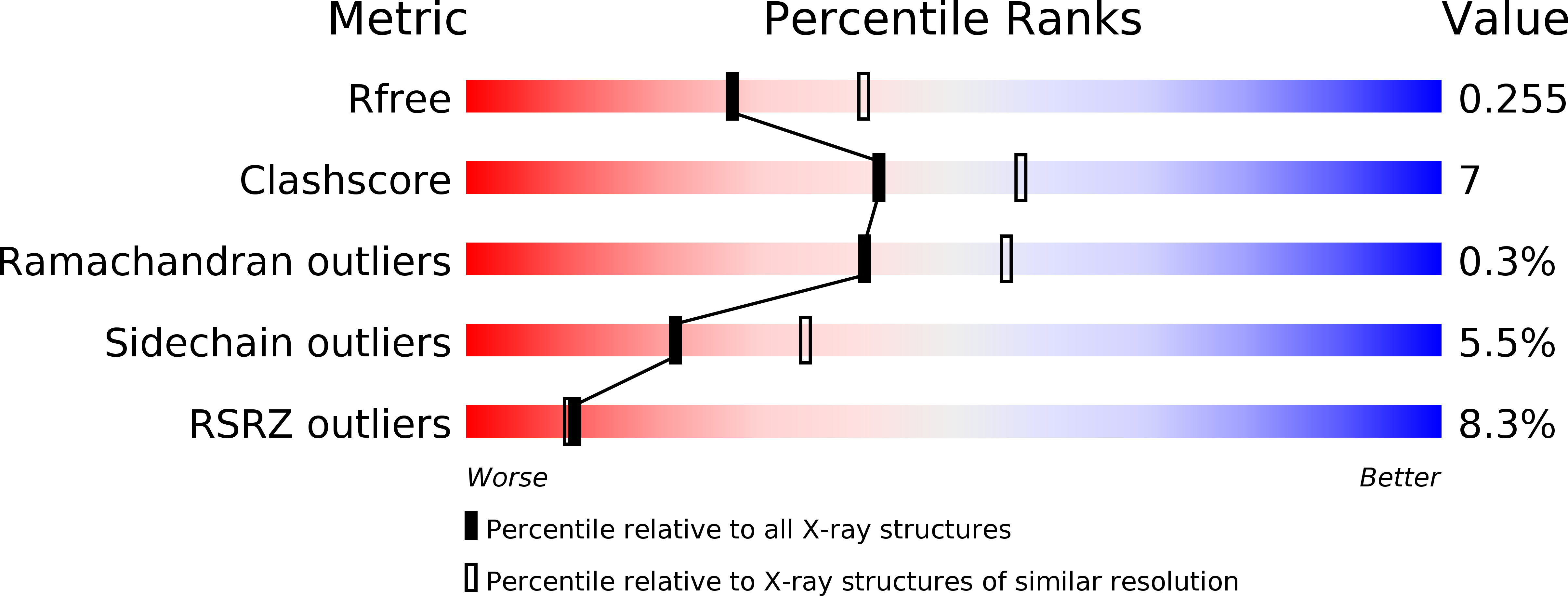
Deposition Date
2011-10-28
Release Date
2012-05-16
Last Version Date
2024-02-28
Entry Detail
PDB ID:
3UDG
Keywords:
Title:
Structure of Deinococcus radiodurans SSB bound to ssDNA
Biological Source:
Source Organism:
Deinococcus radiodurans (Taxon ID: 243230)
Synthetic DNA (Taxon ID: 32630)
Synthetic DNA (Taxon ID: 32630)
Host Organism:
Method Details:
Experimental Method:
Resolution:
2.40 Å
R-Value Free:
0.26
R-Value Work:
0.20
R-Value Observed:
0.20
Space Group:
C 1 2 1


